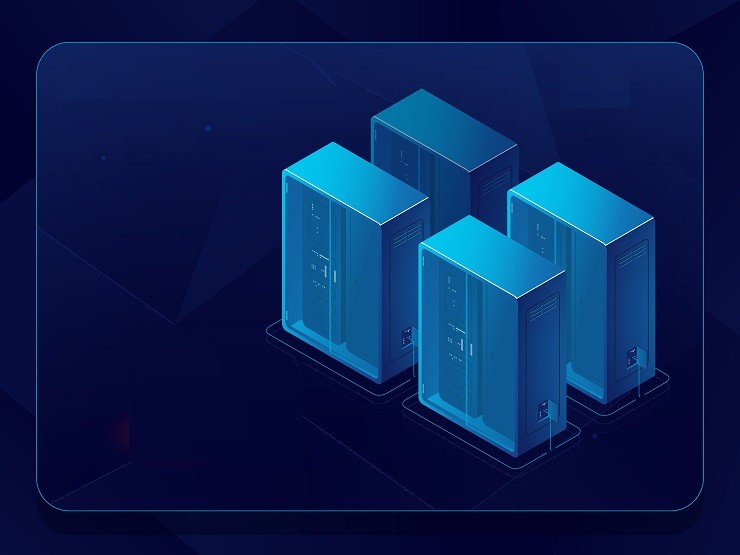Earlier this year, Red Hat CEO Jim Whitehurst told InternetNews.com that he would interested in acquiring a Big Data company. Today, Whitehurst’s company executed on that interest, with the acquisition of filesystem vendor, Gluster.
Red Hat is acquiring the privately Gluster in an all-cash deal valued at $136 million. The deal is expected to close later this month. Gluster is the lead commercial sponsor behind the open source GlusterFS filesystem. The latest GlusterFS 3.3 release provides advances for Big Data storage like Apache Hadoop.
During a press conference call to discuss the deal, Red Hat CTO Brian Stevens said that there is an explosion in unstructured data. He added that there is a need to move all that data around securely, while having the capability to replicate it across multiple availability zones and cloud deployments. That’s why the time is now right for Red Hat to into the market by acquiring Gluster.
“The time to realize value from a Gluster deployment is measured in minutes,” Stevens said. “It’s a stackable, software based solution that layers on top of existing RHEL (Red Hat Enterprise Linux) filesystems today.”
Stevens said that customers could have RHEL servers deployed today with data in the existing filesystem and then install a Gluster based service on top to create a scale-out pool of data.
“There is really an unfulfilled capability around managing scale out storage on a software based system,” Stevens said. “The emergence of cloud and on-premise virtualization begets the need for a software based storage solution and we view this as entirely complementary to our RHEL business.”
Red Hat’s Gluster acquisition isn’t the first time that Red Hat has acquired a filesystem storage vendor. Back in 2003, Red Hat acquired storage vendor Sistina, makers of the GFS (Global FileSystem) clustered filesystem for $31 million.
“The Sistina acquisition really added some core capability to Linux,” Stevens said. “As the migration from Unix to Linux began there were some key gaps.”
Sistina’s software helped Linux to close some of those gaps with GFS. GFS provides a fix for items such as shared access to the same file in write intensive scenarios as well as application failover and high-availability. Stevens noted that GFS capabilities are alive and well in Linux and solve a distinct set of problems.
Gluster, in contrast, solves a different set of problems.
“Gluster is about the explosion of unstructured data,” Stevens said. “A lot of this data is written once and read many times.”
Stevens added that IT needs to have the tools to support the scale-out access with a flexible architecture, which is where Gluster helps.
Taking a step back and looking at the bigger picture, Gluster is a strategic fit with Red Hat’s overall direction.
“We’re really trying to fundamentally change IT architecture, top to bottom,” Stevens said. “We began with RHEL, we added JBoss to that, we invested in RHEV and now we’re moving into storage.”





